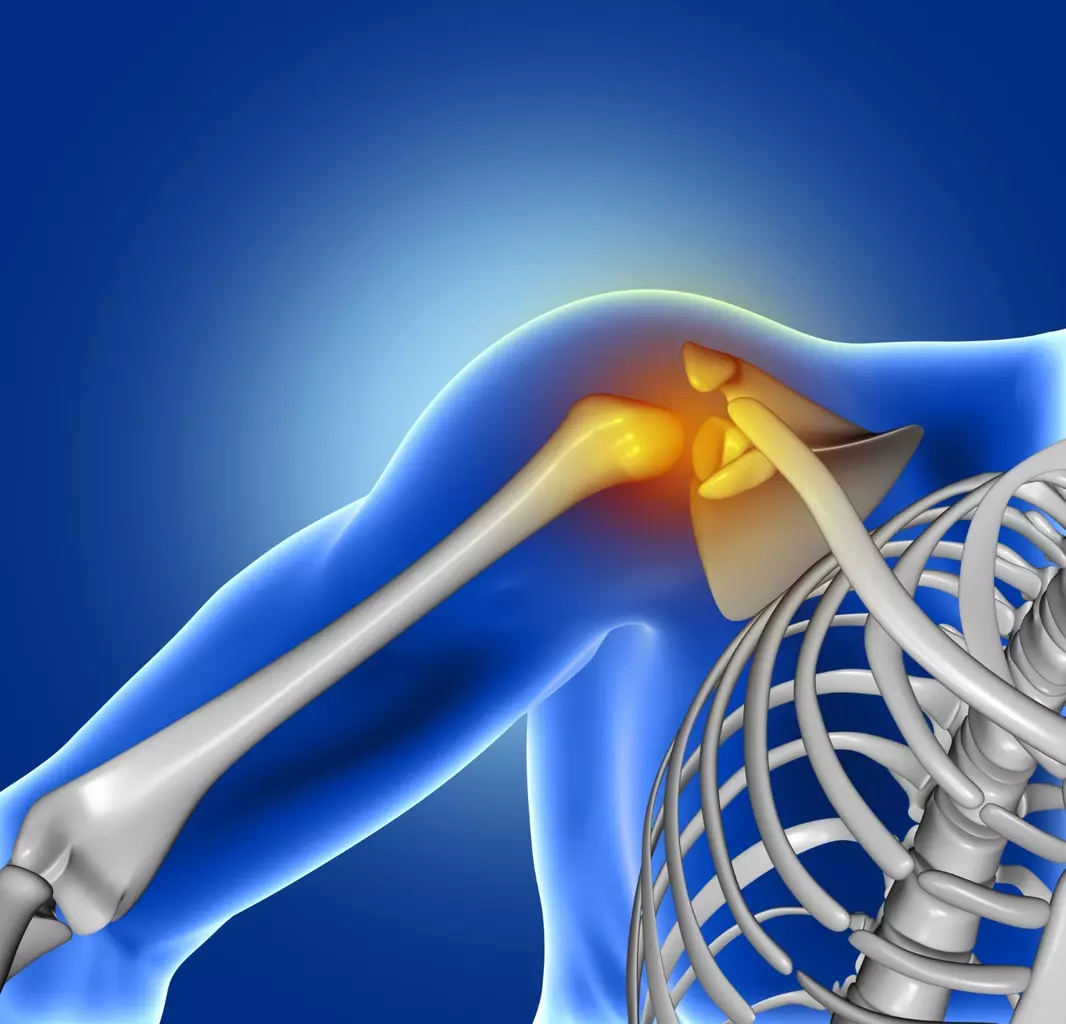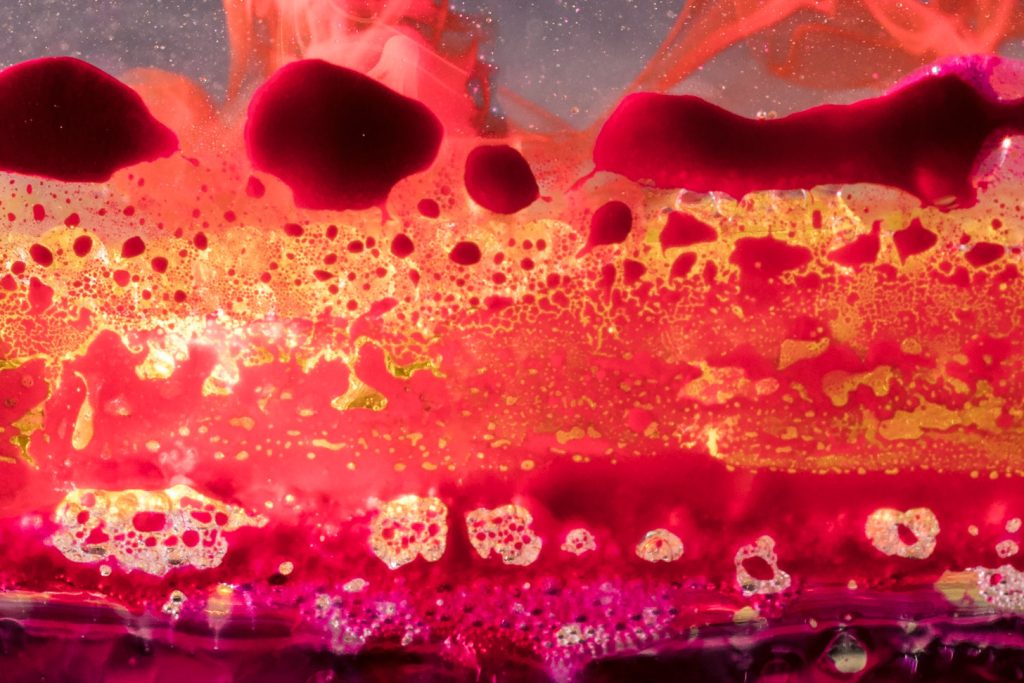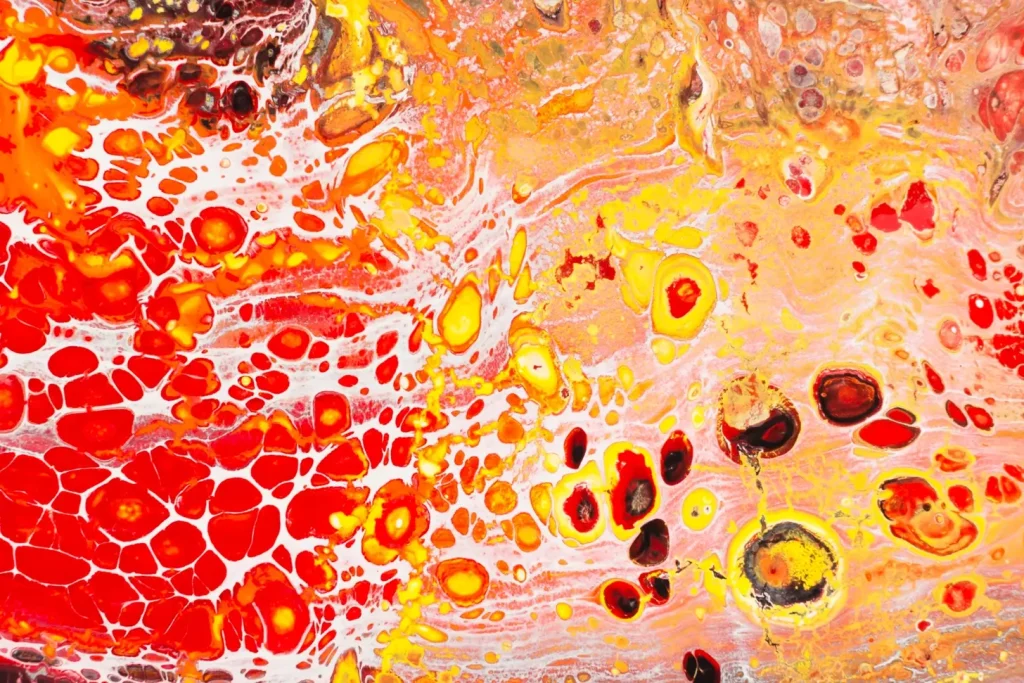
We look into the key role of yellow bone marrow in our bodies. It’s a type of marrow filled with fat cells. Found in the long bones’ medullary cavity, it’s vital for storing energy.
In this article, we’ll explore the definition and functions of yellow bone marrow. We’ll see why it’s important and how it can change to red marrow when needed. Knowing about bone marrow helps us understand its role in our health.

Bone marrow is a soft, spongy tissue inside most bones. It’s key for making blood cells and storing fat.
Bone marrow comes in two types: red and yellow. Red marrow makes blood cells, a process called hematopoiesis. Yellow marrow stores fat. The type of marrow changes with age and health.
Bone marrow is vital for more than just making blood cells. It also stores fat for energy. The hematopoietic stem cells in it help create all blood cell types.
Without bone marrow, we face serious health problems. These include anemia, infections, and bleeding disorders.
| Characteristics | Red Bone Marrow | Yellow Bone Marrow |
|---|---|---|
| Primary Function | Blood cell production | Fat storage |
| Location | Found in spongy bones like vertebrae, pelvis, and sternum | Found in the medullary cavity of long bones |
| Composition | Rich in hematopoietic stem cells | Primarily adipose tissue |
In summary, bone marrow is essential for blood cells and energy. Knowing its structure and functions helps us understand its importance for health.

Yellow bone marrow is a key fat reservoir in our bodies, helping with energy balance. It’s filled with adipocytes, or fat cells, which store energy as triglycerides. This makes yellow bone marrow yellow in color.
Yellow bone marrow is mostly adipocytes. Adipocytes are cells that store fat. They make up most of yellow marrow. It also has a few other cell types, like hematopoietic cells, but they’re less common than in red bone marrow.
Medical experts say yellow marrow’s fat tissue is very active. It’s key for lipid metabolism and keeping energy balanced. This shows how important yellow bone marrow is for our metabolic health.
Yellow bone marrow is soft and gelatinous, with a yellow color from carotenoids. Its softness and yellow color let it fill the cavities of long bones. This provides a special way to store energy.
In summary, yellow bone marrow is made for storing energy. Its unique cells and properties set it apart from red bone marrow. This shows its special role in our bodies.
Yellow bone marrow is mainly found in the medullary cavity of long bones. It plays a key role in storing energy. The medullary cavity is the central part of long bones, surrounded by a thin layer of bone.
Long bones, like the femur and humerus, are where yellow bone marrow is mostly found. These bones have a shaft and two ends. The shaft, or diaphysis, has a cavity filled with yellow bone marrow in adults.
The location of yellow bone marrow in long bones is not random. It’s in areas with less stress and not for blood cell production.
In adults, yellow bone marrow is common in long bones, replacing red bone marrow found in children. Children’s bones have more red marrow for blood cell production. As people grow older, this red marrow turns into yellow marrow in long bones.
The change from red to yellow bone marrow happens as we age. But, in severe cases like anemia, yellow marrow can turn back to red to make more blood cells.
Knowing where yellow bone marrow is and how it changes is key for diagnosing and treating bone marrow issues. This knowledge helps doctors make better treatment plans and care for patients.
Yellow bone marrow is key to our body’s health. It stores energy as fat, helping keep our energy levels balanced.
Yellow bone marrow’s main job is to store energy. It does this by filling up with fat cells. This stored fat is ready to use when we need it.
This energy storage is vital when we’re using a lot of energy or can’t get it from other sources. It keeps our body stable and supports many functions.
Yellow bone marrow also has other roles. It can change into red bone marrow, which makes blood cells. This is important when we need more blood cells.
When we lose a lot of blood or have severe anemia, yellow bone marrow can turn into red marrow. This shows how bone marrow can adapt to our body’s needs.
| Function | Description |
|---|---|
| Energy Storage | Stores energy in the form of fat, serving as an energy reserve. |
| Potential Conversion | Can convert to red bone marrow for blood cell production when needed. |
In summary, yellow bone marrow is essential for energy storage and can help make blood cells when needed. Knowing this helps us understand how complex and adaptable bone marrow is.
Yellow and red bone marrow are two types found in our bodies. They differ in what they do and where they are found. Knowing about these differences helps us understand their roles in keeping us healthy.
Red bone marrow mainly makes blood cells. This includes red blood cells, white blood cells, and platelets. On the other hand, yellow bone marrow stores energy. It’s filled with fat cells.
Here’s a table that shows how they differ:
| Characteristics | Red Bone Marrow | Yellow Bone Marrow |
|---|---|---|
| Primary Function | Hematopoiesis (blood cell production) | Energy storage |
| Cell Composition | Hematopoietic cells, macrophages | Adipocytes (fat cells) |
| Activity Level | Highly active | Less active, mainly storage |
Yellow and red bone marrow are found in different places in our bodies. In adults, yellow bone marrow is mostly in long bones. Red bone marrow is in the skull, vertebrae, ribs, sternum, and pelvis.
In kids, red bone marrow is everywhere, even in long bones. As we grow, yellow marrow takes over in long bones. But, the body can change this back if it needs more blood cells.
Knowing about yellow and red bone marrow helps doctors treat blood and bone diseases. Their unique roles and places in our bodies show how adaptable our skeletons are.
Bone marrow changes its makeup based on the body’s needs. This flexibility is key for keeping the body balanced, mainly when blood cell demand shifts.
When the body loses a lot of blood or needs more blood cells, it can turn yellow marrow into red. This change lets the body make more blood cells quickly. The conversion is made possible by the presence of stem cells in the yellow marrow, which can differentiate into various blood cell types. This process can go back to normal when conditions are right.
Triggers for this change include severe anemia, big blood losses, or other needs for more blood cells. During this change, fatty tissue in yellow marrow is replaced by blood-making cells. This boosts blood cell production.
When the body doesn’t need as many blood cells, it can turn red marrow back into yellow. This natural shift helps save energy and resources. The reconversion process involves the gradual replacement of hematopoietic cells with adipocytes, returning the marrow to its yellow, fatty state. This shows how marrow can adapt.
The reconversion depends on many things, like the end of the initial need for red marrow, nutrition, and health. It’s a slow change that happens as the body’s needs stabilize.
As we grow, yellow bone marrow changes a lot. These changes are linked to our development and aging. They affect how well the marrow works in our body.
Yellow bone marrow starts forming early in life. It replaces red bone marrow in some bones as we get older. This happens mainly in long bones, where it stores fat for energy.
In childhood, red bone marrow makes blood cells. As we grow, some of this red marrow turns into yellow marrow. Yellow marrow is less active in making blood but stores energy.
With age, yellow bone marrow spreads more. In adults, it’s found in long bones like the femur and humerus. But, if we lose a lot of blood or have severe anemia, it can turn back into red marrow to make more blood cells.
The way bone marrow changes shows our body’s ability to adapt. Knowing about these changes helps us understand yellow bone marrow’s role in keeping us healthy.
The role and function of yellow bone marrow change as we age. These changes depend on our age, health, and body’s needs.
Yellow bone marrow is important for checking bone health. It also plays a role in many diseases. This makes it key in diagnosing and understanding diseases.
Tools like MRI and CT scans are vital for looking at yellow bone marrow. They help doctors spot problems in the marrow. This can show if there’s an underlying issue.
Key diagnostic features include:
Yellow bone marrow can change in many diseases. For example, in anemia or marrow failure, its makeup and spread can shift a lot.
Some disease states that affect yellow marrow include:
Bone marrow disorders can really change yellow marrow. Issues like aplastic anemia or myelofibrosis can cause noticeable changes.
Understanding these disorders is key for good diagnosis and treatment. Doctors can improve care by knowing how these changes affect yellow marrow.
We’ve looked into the many roles of yellow bone marrow in our bodies. It’s made up of fat and is found in our bones. It helps store energy, which is important for our health.
Yellow bone marrow can change into red marrow when we need it. This happens in times of severe anemia or blood loss. It shows how our bodies can adapt to different needs.
In short, yellow bone marrow is more than just a part of our body. It’s key to making blood and storing energy. Knowing about it helps us understand health and disease better.
Our look at yellow bone marrow shows its big role in our health. It’s clear that it’s essential for keeping our bodies balanced and healthy.
Bone marrow is a soft tissue inside bones like the hips and thighbones. It makes blood cells and stores fat for energy. This is key for our body’s blood production and energy.
Bone marrow is the soft, fatty tissue inside bones. It makes blood cells like red and white blood cells and platelets.
Red bone marrow is in the spongy tissue of bones. It’s mainly in the pelvis, vertebrae, sternum, and long bone ends.
Yellow bone marrow is mostly fat cells. It’s in the cavities of long bones, like the femur and humerus.
Yellow bone marrow stores fat for energy. It can also turn into red marrow if needed, like in severe anemia.
In adults, yellow bone marrow is in long bones and the pelvis and vertebrae.
With age, yellow bone marrow grows. It replaces some red marrow, starting in childhood and growing in adulthood.
Yes, in severe anemia or blood loss, yellow marrow can turn into red marrow. This boosts blood cell production.
Yellow bone marrow is important in medical imaging, like MRI. It’s also linked to bone marrow disorders that affect its function and spread.
Yellow marrow is mostly fat for energy, while red marrow makes blood cells. They have different roles and compositions.
Centre of the Cell. What Is the Difference Between Red and Yellow Bone Marrow? https://www.centreofthecell.org/story/what-is-the-difference-between-red-and-yellow-bone-marrow/
Elsevier. Yellow Bone Marrow. https://www.elsevier.com/resources/anatomy/skeletal-system/bone/yellow-bone-marrow/15545
Moffitt Cancer Center. What Is Bone Marrow? https://www.moffitt.org/treatments/blood-bone-marrow-transplant/what-is-bone-marrow/
National Cancer Institute (NCI). Bone Marrow (Definition). https://www.cancer.gov/publications/dictionaries/cancer-terms/def/bone-marrow
Subscribe to our e-newsletter to stay informed about the latest innovations in the world of health and exclusive offers!
WhatsApp us